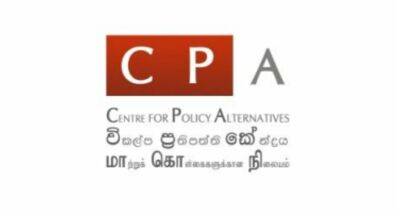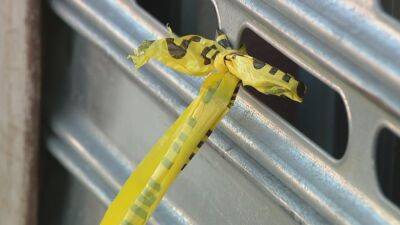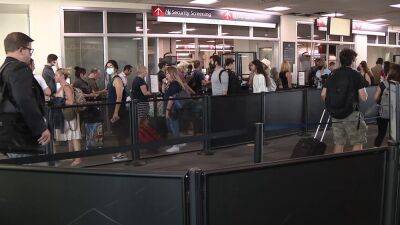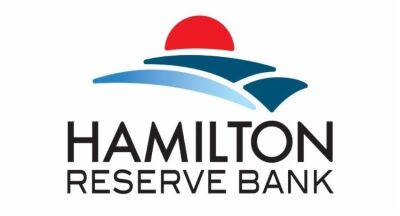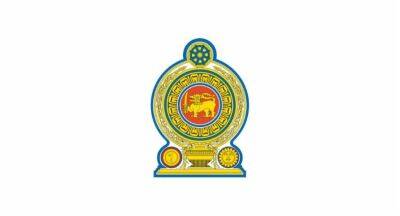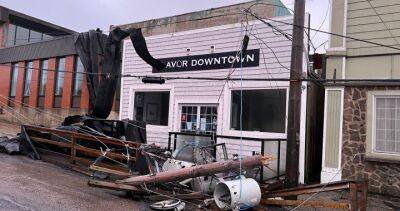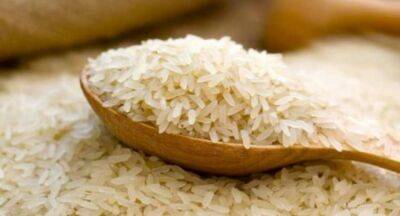‘Tip inflation’: Why Canadians are tipping more than ever
From takeout coffee, to hairstyling and fine dining – you may have noticed a phenomenon known as ‘tip creep’ or ‘tip inflation’ when you go to pay for a service.
It manifests in a couple of ways: tip requests on items you may not have ever tipped on before; and also an increase in the tip amount options presented to you. Read more: Rising inflation eating into young Canadians’ disposable income: ‘It’s insane’ Personal finance expert Barry Choi says it’s a sign of the times as businesses and households across the country alike deal with rising interest rates and a rate of inflation we haven’t seen in four decades. “People second-guess how much they should be tipping,” Choi tells Global News. “Ten per cent used to be a basic amount but these days 15 per cent is the bare minimum.” Choi and Bridget Casey, founder of the financial platform Money After Graduation, agree there’s also a new appreciation for service workers whose livelihoods were disrupted multiple times by COVID-19 restrictions. Read more: Canadians tipping more generously during COVID-19, new data finds “Everyone is struggling a lot right now financially,” Casey tells Global News. “Many of the people in the service industry especially are the most vulnerable to those rising prices because their wages have been stagnant for so many years.” She says with this in mind, tipping “20 per cent is normal.” A national survey in April by the Angus Reid Institute (ARI) on behalf of Restaurants Canada suggests 44 per cent of people across the country are tipping more when dining out.
Women (47 per cent) are more likely to be boosting their gratuity compared with men (41 per cent) and those aged 55 and up (49 per cent) are being more generous these days.
Read more on globalnews.ca
